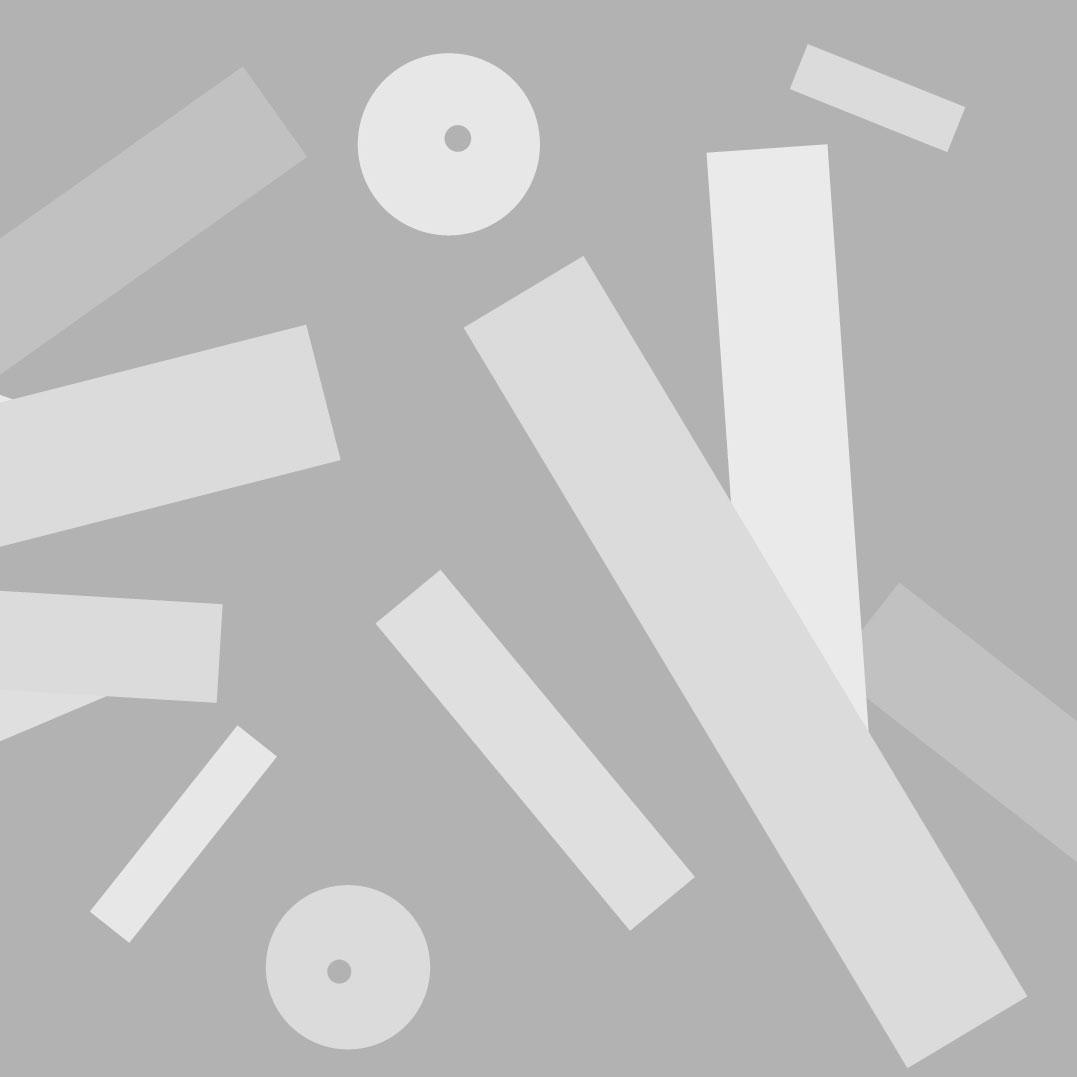«We all look to Greece, and each of us feels it as our own. But it does not belong to everyone. Greece is not all by the sea, as many imagine: it also has mountains and snow. (...) The fate of the Mediterranean has often been identified with that of Greece.»
Predrag Matvejevic, Breviario Mediterraneo
This new vigorous version of Romeo and Juliet is primarily based on the homonymous music by Prokofiev: we find the most famous and musically emblematic pieces. Therefore, it is certainly a work with strong expressive colors, with extreme contrasts between the bodies, and with bold chases between the signs. Above all, there is a swift and surprising continuity of movement to the music that astonishes with its inventive beauty and richness as a whole, especially in the care of the intertwining chains of groups, and moreover, all this occurs almost in a total absence of décor. The extreme physicality required of the performers leaves no room for idyll or dream; on the contrary, here relationships seem primary, contacts quick, love and death absolutely interchangeable, equally irreversible. The most famous story in the world is not unraveled in its narrative continuity, and even the characters are not placed within a recognizable and traceable interpretative hierarchy. Here everything happens horizontally, as already seen in Mauro Bigonzetti's version for Aterballetto and the visual interventions by Fabrizio Plessi. For Foniadakis, contemporaneity seems to have no time or space to grant for the return of the ancient, except through the forms of cut’n’mix or puzzle, which each must then reconstruct according to their own genius. Thus, in the words of the choreographer himself, it is possible to sink into the best synthesis of this work: «In the use of many and different styles of movement, from neoclassical figures to burlesque, from cabaret dances to Greco-Roman wrestling, and constantly changing contemporary dance sections, this version of Romeo and Juliet becomes a work that is less abstract and more a continuous emotional game in which the bodies produce an extremely virtuosic generous presence».
The dancer and choreographer Andonis Foniadakis grew up in Ierapetra, a small town in the south of the island of Crete. He began dancing with Niki Papadaki at the local school in his town; in 1990-1992, he moved to the State School of Dance in Athens, and received the prestigious Maria Callas scholarship to continue his studies at Rudra Béjart Lausanne in Switzerland, where he remained until 1994. After numerous experiences and important collaborations, in 2003 he founded his company, Apotosoma Dance Company, based in Lyon, France.
www.foniadakis.net



